Georgetown's Historic Stores
Old Jail House
Citizens of Georgetown built this jail house in 1883. This jail is just across the street from the Georgetown Community Center. It was generally used to house visitors or residents who got into trouble for fighting, brawling, of other petty offenses. More serious offenders were housed at a new jail built by the Clear Creek county government in Georgetown. This new jail was located on Biddle Street.
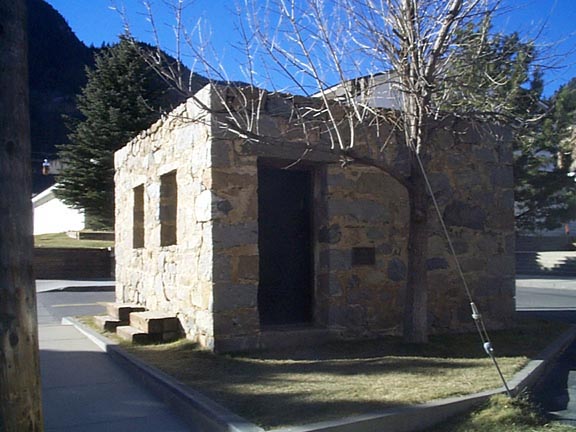
Photo: N/A
More About This Topic
The jail is built of stone and has bars in the windows. It contains three rooms. These include two small cells and an area for the jail watchman. Clear Creek County currently owns the old jail house. In 1976, the county moved the jail to its present location at 6th and Argentine Streets. One of the main reasons was to insure the building's preservation.
Community Center
When this building was built in 1868, it housed the Ohio Bakery. Its upper floor also once housed a small private school. The building's first location was about a block and a half away (to the south and west). The building is now located at 6th and Argentine Streets. The Clear Creek County Courthouse was housed in the building for over one hundred years (from 1874 to 1976). Now the building is used as the Georgetown Community Center.
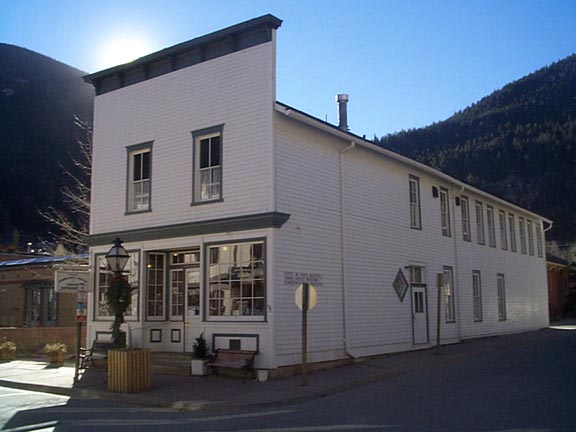
Photo: N/A
More About This Topic
Clear Creek County was established as a part of the local government in 1861. This was just a year or two after the start of the gold rush in the region. Idaho Springs, down Clear Creek about 12 miles east of Georgetown, became county seat. The discovery of silver near Georgetown in the late 1860s soon started a new mining boom. With the boom came a shift of people west from Idaho Springs. In 1868, residents voted for Georgetown as the new county seat.
Masonic Hall
The Bank of Clear Creek County purchased the building next door in 1890. A building already at that location was moved to make room for a new building. In 1891, the construction of the new building (the one in the photo) began. The Masonic Lodge, from which the building gets its name, moved into the second floor in 1892. The Masons then bought the building in the 1920s. They have met there since, while renting space on the first floor.
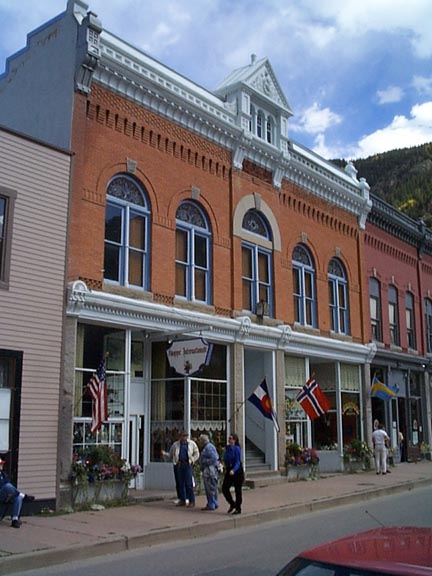
Photo: N/A
More About This Topic
Construction of the Masonic Hall and the Fish Block was finished by the early 1890s. Both buildings showed that Georgetown residents were still optimistic about their town's future. The silver mines in the region were still productive and prices were good enough to make money. Expensive brick buildings--and a number of elegant new homes--continued to be built. It would not be long, however, before the price of silver dropped and silver mining became a very unprofitable business.
Fish Block
The site shown in the photo is the corner of 6th and Rose Streets. It has been the home of many different buildings over the years. In the late 1860s, the site housed a livery stable. In the mid-1870s, banker Charles R. Fish bought the property. There he built a wooden frame structure to house his Bank of Clear Creek County. Then disaster struck Fish and his first building.
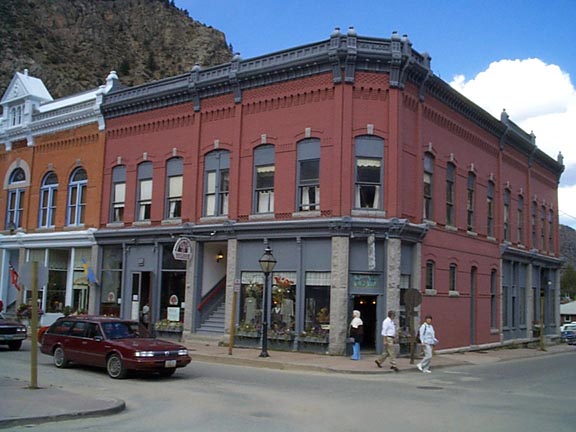
Photo: N/A
More About This Topic
A saloon was next to Mr. Fish's bank (on Rose Street, to the right in the photo). In 1887, the wooden frame saloon caught fire. The fire spread to the bank building and fire gutted both places. Fish decided to rebuild his bank, but this time with bricks. The new bank was finished in 1889. The bank is gone now, replaced by many other businesses over the years. In 1985, preservation work on the flagstone sidewalk began.
Hamill Block
The three store fronts in the photograph on the left have been known as the Hamill Block since 1881. William A. Hamill was a prosperous mining engineer. In 1878, he bought the store on the right of the photo. Hamill bought the building on the far left (built in 1876) and the one in the middle in 1880.
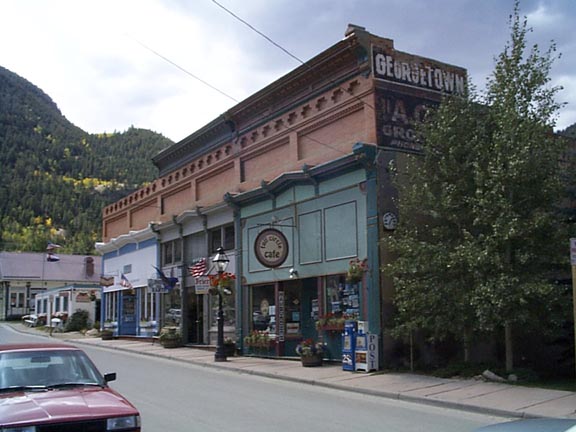
Photo: N/A
More About This Topic
After buying all three buildings, Hamill hired Mason Frank Culbertson to remodel the store fronts. Culbertson tore down the front of one building and added a brand-new front the wooden structure in the middle. He then built an entirely new facade (front face) for all three buildings. When the project was done, the buildings became known as the Hamill Block. The buildings continue to host businesses.
Monti And Guanella
The Monti-Guanella building is one of the few wooden structures to survive to the present. When this building was first built in 1867, it was only about half the size it later became. By 1874, the other half of the building had been added. Notice that the front of the store (or facade) retains its original design (look at the second story windows).
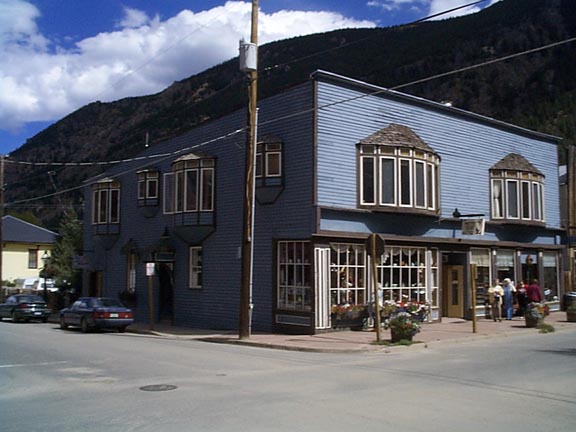
Photo: N/A
More About This Topic
During the "camp" stage of mining towns, most of the buildings were crude affairs. They were typically built of canvas and wood. As a result, few of the buildings built during this phase survived for long. A number of businesses came to occupy this building over the years. The Monti-Guanella bakery and grocery conducted business there for a long time. They were also responsible for expanding the building.
Kneisel And Anderson
The Kneisel and Anderson Grocery and Hardware store is the oldest, continuously operating business in Georgetown. Henry Kneisel bought a bakery in town in 1883. He worked at that for a decade. Then he formed a partnership with his future son-in-law, whose name was Anderson. That same year, they moved their businesses to two buildings south of 6th Street.
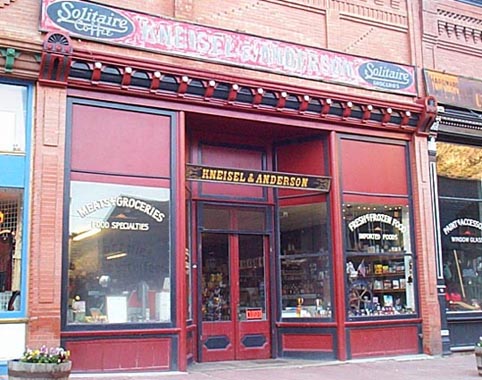
Photo: N/A
More About This Topic
The Kneisel-Anderson partnership began in 1893. Since then, four generations of the family have operated its grocery and hardware businesses in Georgetown. Walking into the businesses today still gives the customer a strong sense of being in the 19th century.
Cushman Block
William H. Cushman built a number of important business buildings in Georgetown. The one seen at the left is a building he began in 1875. Cushman and the architect first planned to build a two-story building. However, their plans soon changed. Cushman decided he wanted a third story. The third story was built over his building and the one next door. This floor became the home of an opera house.
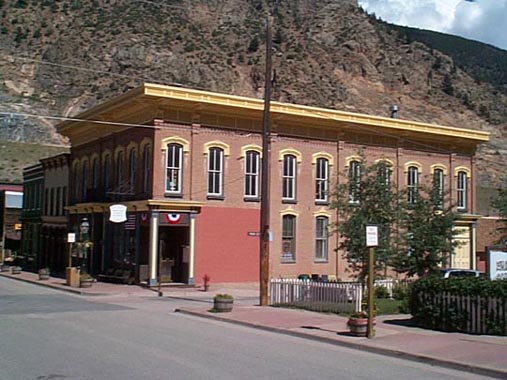
Photo: N/A
More About This Topic
The opera house on the third floor of the Cushman building was very popular with Georgetown residents. Many kinds of performances were staged there. Within four years concerns about the building's stability and lack of fire exits led residents to turn to other places for their entertainment. The third floor of the building housed other kinds of businesses. In 1969, the third floor buckled under a large snowfall. It was removed and the building was remodeled.
Snetzer's Shop
This building at 5th and Taos Streets was known as Snetzer's tailor shop. The building was originally made of wood, with wooden covering and a false front. Gone is the false front. The wooden paneling has also been replaced by a stucco-like covering. Next door is the Grace Episcopal Church.
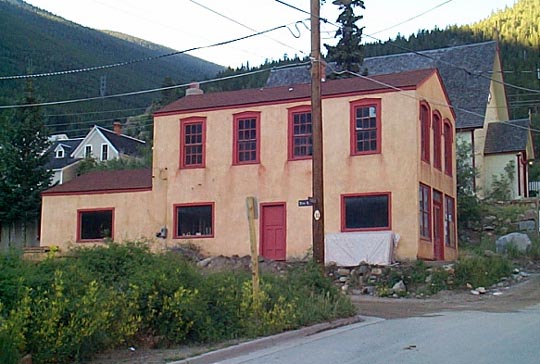
Photo: N/A
More About This Topic
A mining town needed a very wide variety of businesses. Obviously there were businesses directly associated with mining itself. These included assay offices, mining supplies, hardware stores, and mills. Others were important, too. These included groceries, livery stables, feed and grain stores, lumber yards, and places where one could buy books, clocks, paper goods, and even toys. Tailors such as Jacob Snetzer were also important in this mining town.
Hotel de Paris
Louis DuPuy came to Georgetown in 1870. For three years DuPuy prospected for silver. Not especially successful, he decided to buy the Delmonico Bakery on Alpine Street (now 6th Street). That bakery was the start of the Hotel de Paris. When the hotel was finished in 1890, it was actually made up of three different buildings. These buildings were side by side and joined together by a common masonry facade (front face).
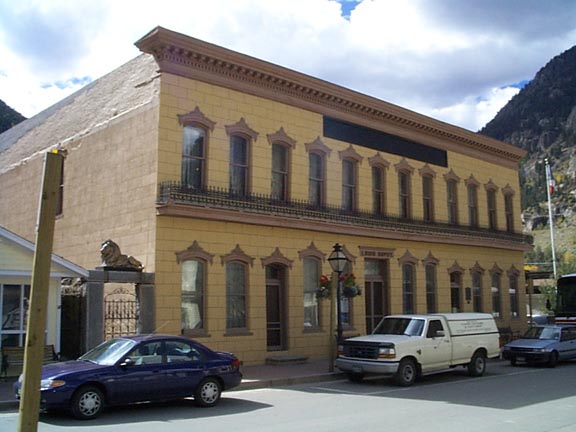
Photo: N/A
More About This Topic
When the hotel was completed in 1890, Georgetown was a very prosperous mining town. The Hotel de Paris was one of Georgetown's 14 hotels and boarding houses in the late 1800s. Of those places, Louis DuPuy's hotel was considered one of the best. Now the Colorado Historical Society runs the Hotel de Paris as a museum.
The Griffith Mine
Brothers George and David Griffith were farmers from Kentucky. They came to the Rocky Mountains in search of gold. By the time they arrived, however, many places were already crowded with other prospectors. The brothers decided to push on to the region owest of Central City. In June 1859, they discovered gold near what is now the corner of Rose and 11th Streets in Georgetown, Colorado. The photo shows the entrance to the Griffith mine.
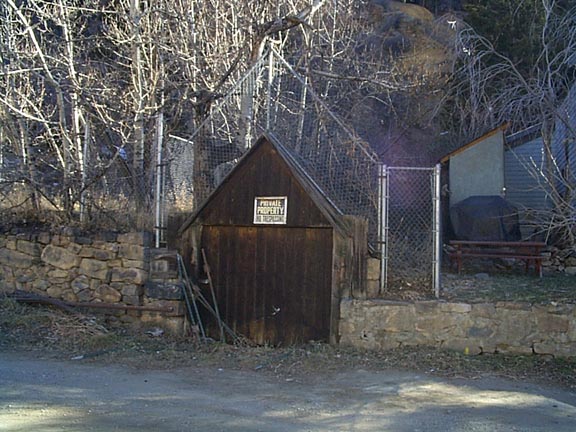
Photo: N/A
More About This Topic
The Griffith brothers staked a claim as soon as they could. News of their strike pulled many others just like them to the region. Many people were disappointed because only small amounts gold were found. Then in 1864, miners found silver. George's Town and, after miners struck silver, Elizabethtown, provided miners with places to live. In 1868, the two mining camps joined together to form Georgetown.
Railroad Depot
Georgetown prospered as a result of many activities. Mining was the most important, but tourism began almost as early as mining did. As the town grew, its residents wanted better means of travel. In the early 1870s, building the Colorado Central Railroad began. The first train arrived in Georgetown in 1877. This rail linked to Idaho Springs, Golden, Denver and beyond helped the miners in many ways.
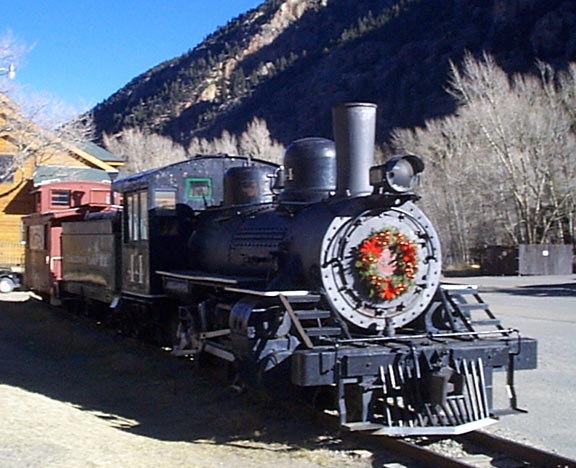
Photo: N/A
More About This Topic
The Colorado Central Railroad helped miners ship their ores to mills and smelters elsewhere. The railroad also helped reduce the prices of goods they bought from outside Georgetown. During the prosperous 1880s, rail traffic in and out of the town was heavy. By 1939, however, the railroad ceased operations. Only traces of the mining activities that helped the town prosper may be seen today. Tourism, however, continues to be important.
- Colorado Indians Tour One
- Georgetown's Historic Houses
- Georgetown's Historic Stores
- An 1860's Farm
- An 1890's Farm
- Denver's Historic Larimer Square
- Denver's Historic Lower Downtown
- Denver's Historic 17th Street
- The Lebanon Silver Mine
- Denver's Historic Civic Center
- Denver's Historic Uptown District
- Virtual Field Trips Home

